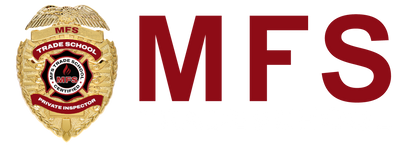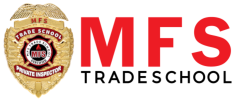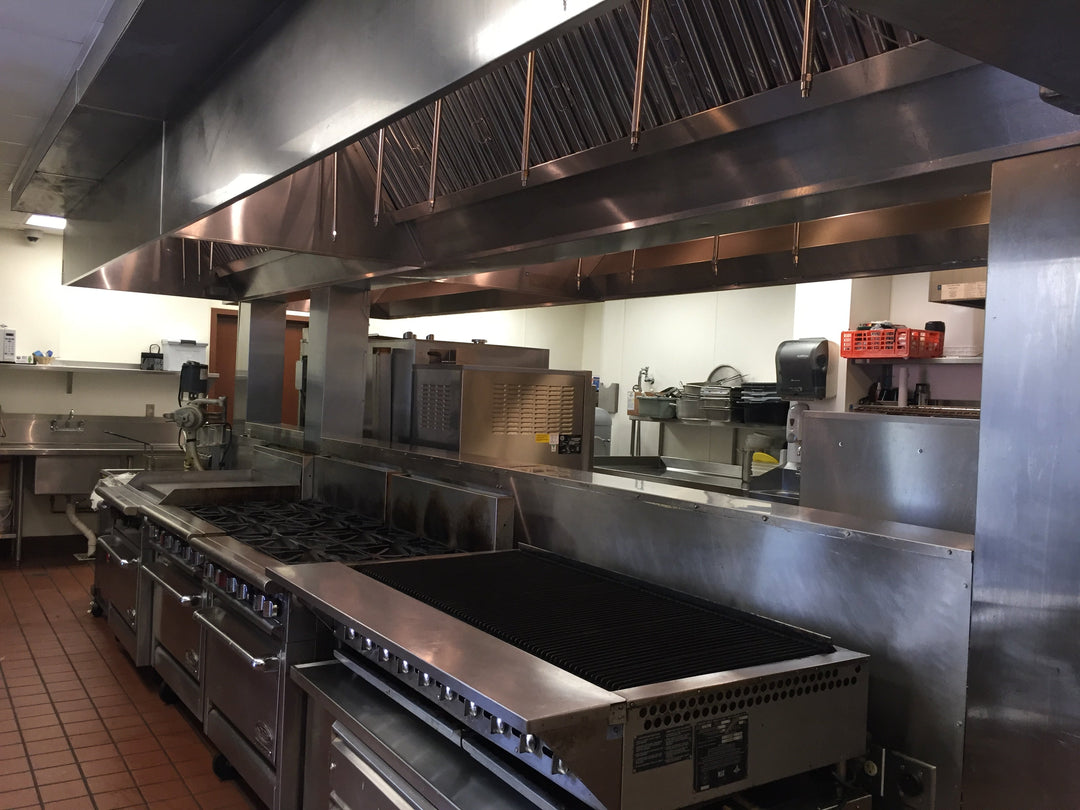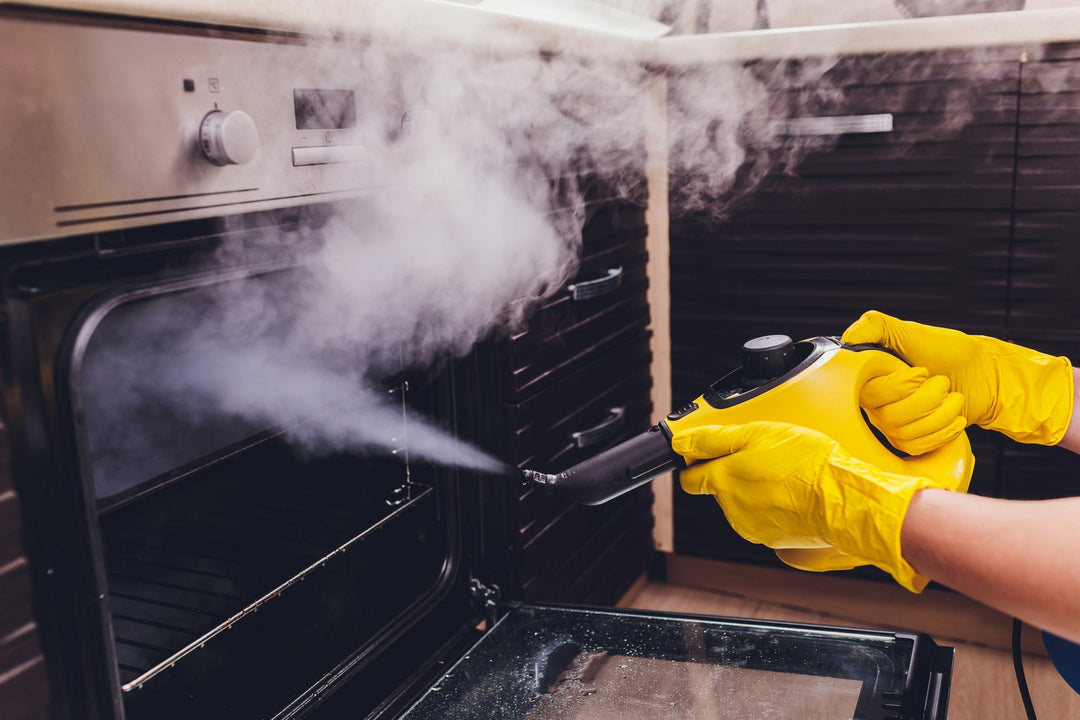How to Save Big: Clean Exhaust Systems and Lower Energy Bills
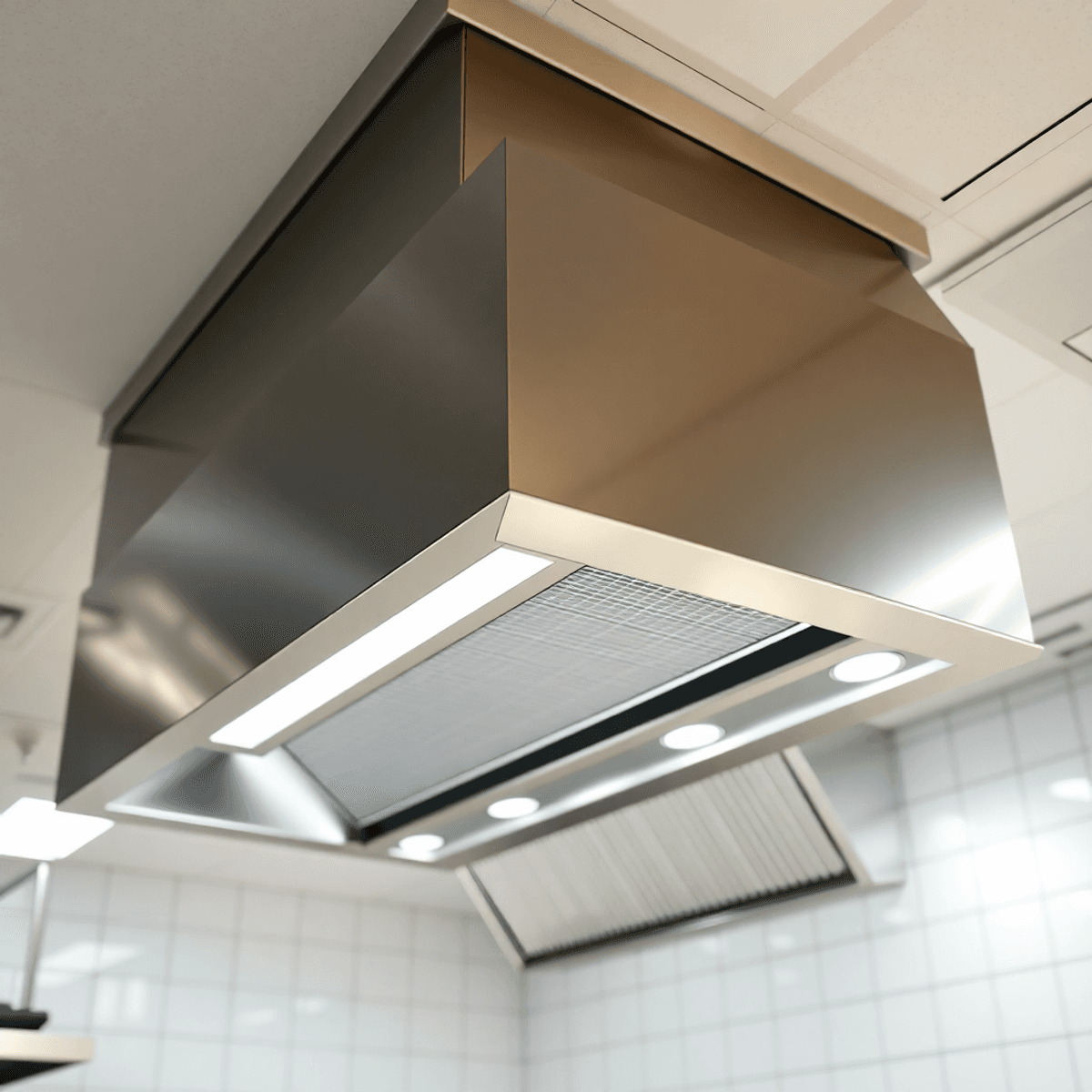
Commercial kitchen operators are under pressure to reduce costs while still providing high-quality food service. One of the biggest expenses in running a commercial kitchen is energy consumption, with ventilation systems accounting for up to 30% of total energy usage.
Clean exhaust systems are crucial in managing these energy costs. A properly maintained kitchen ventilation system:
-
Reduces strain on fan motors
-
Decreases the workload on heating, ventilation, and air conditioning (HVAC) systems
-
Optimizes airflow efficiency
-
Minimizes wear and tear on equipment
When exhaust systems are neglected, the financial consequences become clear:
-
Higher monthly utility bills
-
Increased repair costs for equipment
-
Shorter lifespan of the system
-
Reduced operational efficiency
This guide explores practical strategies for using clean exhaust systems to achieve significant energy savings. We will discuss important maintenance practices, professional cleaning schedules, and smart operational techniques that can help lower energy consumption.
Restaurant owners and kitchen managers will discover specific steps they can take to implement an effective maintenance program that balances cost-efficient operations with safety requirements. The focus is on actionable solutions that can lead to measurable reductions in energy expenses while maintaining optimal performance of kitchen ventilation systems.
Understanding Commercial Kitchen Exhaust Systems
A commercial kitchen ventilation system consists of four critical components working together to maintain safe, efficient operations. Each part has a specific role in managing airflow, removing pollutants, and controlling kitchen temperatures.
1. Hood Systems
Hood systems are installed above cooking appliances to capture and remove heat, smoke, grease, and odors from the kitchen.
-
Type I hoods are designed for high-heat cooking processes such as frying or grilling, where grease-laden vapors are produced.
-
Type II hoods are used for operations that primarily generate steam, heat, or odors but do not involve significant amounts of grease.
-
The efficiency of capturing airborne contaminants depends on the design and positioning of the hood.
-
Built-in lighting systems ensure proper visibility in the workspace.
Regular maintenance of these hood systems is essential, especially kitchen exhaust hood cleaning, which is a specialized service that ensures the efficient functioning of the ventilation system.
2. Exhaust Ducts
Exhaust ducts are pathways that transport the captured air from the hood to the outside atmosphere.
-
Vertical and horizontal sections make up the ductwork system.
-
Fire-resistant materials are used in construction to prevent fire spread through the ducts.
-
Access panels are strategically placed for easy cleaning and maintenance.
-
Sealed joints prevent grease leakage and maintain airflow efficiency.
3. Exhaust Fans
Exhaust fans play a crucial role in creating negative pressure within the kitchen space, allowing contaminated air to be effectively pulled up through the hoods and into the ducts.
-
Belt-driven or direct-drive configurations determine how power is transmitted to the fan blades.
-
Variable speed capabilities enable demand-based ventilation, adjusting fan speed based on cooking activity levels.
-
Upblast or utility set designs are chosen based on building requirements and space constraints.
-
Motor efficiency ratings impact energy consumption associated with fan operation.
4. Filtration Systems
Filtration systems are installed within the ductwork or at specific points in the ventilation system to further remove grease particles and other contaminants from the air stream.
-
Baffle filters serve as primary grease removal devices by redirecting airflow and causing larger droplets to coalesce and drain.
-
Mesh filters act as secondary particle capture mechanisms, trapping smaller particles that may have bypassed the baffle filters.
-
UV systems use ultraviolet light technology for advanced breakdown of grease molecules into less harmful byproducts.
The integration of these components creates a pressurized environment that pulls contaminated air up through the hood. Clean air enters the kitchen through makeup air systems, maintaining proper air balance. This continuous cycle removes:
-
Cooking vapors
-
Excess heat
-
Airborne grease particles
-
Smoke and odors
-
Carbon monoxide
A properly functioning exhaust system maintains consistent air quality while optimizing energy usage. The efficiency of this system depends on regular maintenance of each component, with special attention given to filter cleanliness and duct condition.
Modern systems incorporate advanced features like:
-
Automated fan controls for energy savings during low-activity periods
The Impact of Grease Buildup on Energy Efficiency
Grease buildup in commercial kitchen exhaust systems leads to operational inefficiencies that increase energy costs. Here's how grease accumulation affects energy efficiency:
1. Restricted Airflow Patterns
-
Grease deposits form sticky layers on duct walls
-
Cooking residues narrow exhaust pathways
-
Air movement becomes restricted and turbulent
-
The system requires more power to maintain the required ventilation rates
2. Fan Performance Degradation
-
Grease-coated fan blades lose aerodynamic efficiency
-
Motors strain harder to achieve proper rotation speeds
-
Power consumption increases by 15-25% in heavily soiled systems
-
Premature equipment wear accelerates replacement needs
3. Filter Efficiency Losses
-
Clogged baffle filters reduce capture effectiveness
-
Grease particles bypass saturated filters
-
Additional fan power is needed to pull air through blocked filters
-
The system struggles to maintain proper kitchen air balance
4. HVAC System Impact
-
Make-up air units work harder to replace exhausted air
-
Cooling/heating costs rise due to inefficient air exchange
-
Temperature control becomes more difficult
-
Added strain on building climate systems
5. Energy Cost Implications
-
Monthly utility bills increase 10-20%
-
Peak demand charges rise from system inefficiency
-
Equipment lifespan is reduced by excessive wear
-
Maintenance costs escalate with system strain
The cumulative effects of grease buildup create a chain reaction of inefficiencies throughout the ventilation system. Each component must exert more effort to overcome obstacles, resulting in significantly higher energy consumption across the entire kitchen operation.
How Clean Exhaust Systems Reduce Energy Consumption
Professional cleaning services deliver measurable reductions in energy consumption through systematic removal of grease and debris from exhaust systems. Clean kitchen hoods create optimal conditions for efficient operation, resulting in substantial power savings.
Direct Energy Savings Through Improved Airflow:
-
Restored fan efficiency: Clean blades move air at the designed specifications
-
Reduced motor strain: Motors operate at intended RPMs without compensation
-
Lower electrical draw: Equipment pulls standard amperage instead of elevated levels
-
Normalized pressure: The System maintains proper static pressure without excess power
Quantifiable Benefits of Professional Cleaning:
-
15-25% reduction in fan energy consumption
-
10-20% decrease in HVAC system workload
-
5-15% improvement in kitchen temperature regulation
-
8-12% savings on monthly utility costs
Clean exhaust systems enable proper heat extraction while minimizing the power needed to maintain safe cooking environments. Professional cleaning removes accumulated grease that forces ventilation equipment to work harder than necessary.
System Performance Optimization:
A professionally cleaned system restores the designed airflow patterns throughout the kitchen. This optimization allows exhaust fans to operate at their most efficient speeds rather than compensating for restrictions.
The restored efficiency extends beyond the exhaust system itself. Clean hoods and ducts reduce the workload on air conditioning systems by allowing proper heat extraction. This synchronized operation between ventilation and cooling systems creates compound energy savings.
Maintenance Impact on Operating Costs:
-
Cleaned exhaust filters capture particles more effectively
-
Restored duct surfaces reduce air resistance
-
Cleaned fan assemblies operate at peak efficiency
-
Balanced air pressure reduces HVAC strain
Regular professional cleaning maintains these efficiency gains by preventing the gradual accumulation of performance-degrading deposits. This proactive approach keeps energy consumption at optimal levels between service intervals.
Fire Safety Benefits That Also Save Money
Regular hood cleaning delivers a dual advantage: enhanced fire safety and substantial cost savings. Clean exhaust systems create a safer kitchen environment while protecting your bottom line.
Critical Fire Prevention Through Cleaning
-
Grease accumulation creates a dangerous fuel source for kitchen fires
-
A 1/8 inch buildup of grease can ignite at typical cooking temperatures
-
Proper cleaning removes this combustible material from the entire system
NFPA 96 Compliance Requirements
The National Fire Protection Association mandates specific cleaning schedules:
-
Monthly cleaning for solid fuel cooking operations
-
Quarterly cleaning for high-volume operations
-
Semi-annual cleaning for moderate-volume operations
-
Annual cleaning for low-volume operations
Financial Benefits of Fire Prevention
Clean exhaust systems help avoid:
-
Property damage costs from kitchen fires
-
Business interruption losses
-
Insurance premium increases
-
Equipment replacement expenses
-
Legal liability from fire-related incidents
Insurance Advantages
Many insurance providers offer:
-
Reduced premiums for documented cleaning compliance
-
Better coverage terms for maintained systems
-
Lower deductibles with proper maintenance records
Hidden Cost Savings
Regular cleaning prevents:
-
Emergency repair costs
-
Unexpected system shutdowns
-
Failed fire inspections
-
Emergency cleaning surcharges
A clean exhaust system acts as a protective barrier between your business and potentially devastating fire-related expenses. Professional cleaning services maintain NFPA 96 compliance while preserving your equipment's operational efficiency. This proactive approach to fire safety transforms a necessary expense into a strategic investment that protects both lives and assets.
Moreover, neglecting these essential maintenance tasks could lead to severe consequences, including health care fraud allegations if health code violations are found, further complicating an already dire situation.
Practical Kitchen Hood Cleaning Tips for Energy Savings
Maintaining optimal energy efficiency requires a structured cleaning schedule combining daily staff maintenance with professional deep cleaning services.
Professional Cleaning Schedule
-
Light-duty cooking operations: Quarterly professional cleaning
-
Moderate-volume kitchens: Bi-monthly service
-
High-volume/24-hour operations: Monthly professional cleaning
-
Wood/charcoal cooking facilities: Monthly or bi-monthly, based on volume
Daily Staff Maintenance Tasks
-
Wipe hood surfaces witha degreasing solution
-
Remove and clean grease filters
-
Check grease collection containers
-
Clean grease catch trays
-
Inspect visible ductwork for grease accumulation
Weekly Staff Responsibilities
-
Deep clean removable grease filters
-
Degrease hood plenum and visible duct sections
-
Clean fan blades if accessible
-
Check belt tension on exhaust fans
-
Document all cleaning activities
Energy-Saving Cleaning Practices
-
Use hot water (140°F-160°F) for degreasing
-
Apply eco-friendly degreasers that break down grease effectively
-
Clean during off-peak hours when equipment is cool
-
Maintain cleaning logs to track system performance
-
Monitor airflow improvements after cleaning
Performance Indicators
-
Reduced fan motor strain
-
Lower operating temperatures
-
Decreased HVAC workload
-
Improved air quality
-
Consistent exhaust flow
Staff Training Requirements
-
Proper chemical handling procedures
-
Filter removal/replacement techniques
-
Documentation protocols
-
Safety precautions
-
Recognition of system issues requiring professional attention
Regular cleaning maintains peak system efficiency, reducing energy consumption and extending equipment life. Professional cleaners possess specialized tools and expertise for thorough duct cleaning beyond staff capabilities.
Improving Kitchen Energy Efficiency Beyond Cleaning
Smart ventilation technology is changing the way energy is managed in commercial kitchens. Demand-controlled ventilation (DCV) systems adjust the speed of exhaust fans based on real-time cooking activity, leading to significant energy savings.
Key Components of DCV Systems:
-
Temperature sensors
-
Optical sensors for smoke detection
-
Automated control panels
How DCV Systems Save Energy:
-
Automatic reduction of fan speed during low-activity periods
-
Intelligent detection of smoke and heat
-
Real-time adjustments of airflow
-
Integration with building management systems
Unlike traditional ventilation systems that always operate at full capacity regardless of how much cooking is happening, DCV systems are more efficient. They can reduce the speed of fans by 30-50% during times when no cooking or minimal cooking is taking place, resulting in direct energy savings of 25-40% on ventilation costs.
Additional Features for Advanced Energy Management:
-
Remote monitoring of the system
-
Dashboards for performance analytics
-
Customizable schedules for operation
-
Alert systems for maintenance
The installation of optical and temperature sensors allows for precise control over the fans. These sensors are capable of detecting the levels of cooking activity and adjusting the rates of ventilation accordingly:
-
Light cooking: 30-50% fan speed
-
Medium cooking: 60-75% fan speed
-
Heavy cooking: 76-100% fan speed
Other Technologies That Help Save Energy:
-
Systems that recover heat
-
Smart controls for exhaust hoods
-
Dampers that vary the volume of air
Restaurant operators have an opportunity to maximize their energy savings by strategically placing their equipment. By positioning heavy-duty cooking equipment directly under hood systems, they can optimize the efficiency of airflow capture. This strategic placement reduces the amount of energy needed for proper ventilation while still maintaining safe levels of air quality.
DCV technology combined with clean exhaust systems creates optimal energy efficiency. Modern control systems track usage patterns to create customized ventilation schedules aligned with peak cooking times.
Conclusion
Clean exhaust systems combined with smart ventilation upgrades are a powerful way to make commercial kitchens more energy efficient. The benefits go beyond just saving money:
-
Reduced Energy Consumption
-
Optimized airflow through clean ductwork
-
Lower strain on exhaust fans
-
Decreased HVAC system workload
-
Enhanced Equipment Longevity
-
Less wear and tear on system components
-
Extended lifespan of ventilation equipment
-
Reduced replacement costs
-
Improved Kitchen Environment
-
Better temperature control
-
Enhanced air quality
-
Increased staff comfort and productivity
Regular professional cleaning schedules integrated with modern ventilation technologies deliver measurable utility savings. Restaurants implementing these practices report up to 30% reduction in energy bills while maintaining optimal kitchen operations.
To achieve energy efficiency, it is important to prioritize both maintenance and technological advancement. Clean exhaust systems provide the necessary foundation, while intelligent ventilation controls and energy-efficient upgrades further enhance this base, resulting in a fully optimized kitchen environment.
Take Action Today:
-
Schedule professional hood cleaning
-
Assess current ventilation efficiency
-
Explore upgrade options for aging equipment
-
Monitor energy consumption patterns
-
Document cost savings
A clean, efficient exhaust system isn't just an expense—it's an investment in your kitchen's future.
FAQs (Frequently Asked Questions)
Why is energy efficiency important in commercial kitchens?
Energy efficiency in commercial kitchens is crucial because it helps reduce utility bills, lowers operational costs, and minimizes environmental impact. Efficient kitchen ventilation systems, including clean exhaust hoods, play a key role in maintaining optimal airflow and reducing energy consumption.
How does grease buildup affect the energy consumption of commercial kitchen exhaust systems?
Grease buildup restricts airflow in exhaust ducts and filters, causing exhaust fans and HVAC units to work harder. This increased workload leads to higher energy use and elevated utility bills. Regular removal of grease accumulation restores proper airflow and improves energy efficiency.
What are the benefits of regular professional cleaning of commercial kitchen exhaust systems?
Regular professional cleaning removes blockages such as grease and cooking residues, restoring optimal airflow. This reduces power usage by exhaust fans and ventilation systems, lowers energy consumption, decreases fire hazards, ensures compliance with NFPA 96 standards, and ultimately results in cost savings on energy bills.
How often should commercial kitchen hoods be cleaned to maximize energy savings?
For maximum energy savings and safety, professional hood cleanings are recommended at intervals based on kitchen usage, typically every month or quarter. Additionally, daily or weekly staff upkeep, like filter cleaning, helps maintain airflow efficiency between professional services.
What role does demand-controlled ventilation play in enhancing kitchen energy efficiency?
Demand-controlled ventilation adjusts the operation of exhaust fans based on cooking activity levels. By reducing ventilation power during low-use periods, it prevents wasted energy, further lowering utility bills while maintaining proper air quality in the commercial kitchen.
Besides regular cleaning, what other strategies can help reduce energy costs in commercial kitchen ventilation?
Combining routine maintenance with strategic upgrades such as installing energy-efficient fans, upgrading ductwork for better airflow, and implementing demand-controlled ventilation optimizes overall system performance. These measures contribute to significant restaurant utility savings and improved kitchen energy efficiency.
